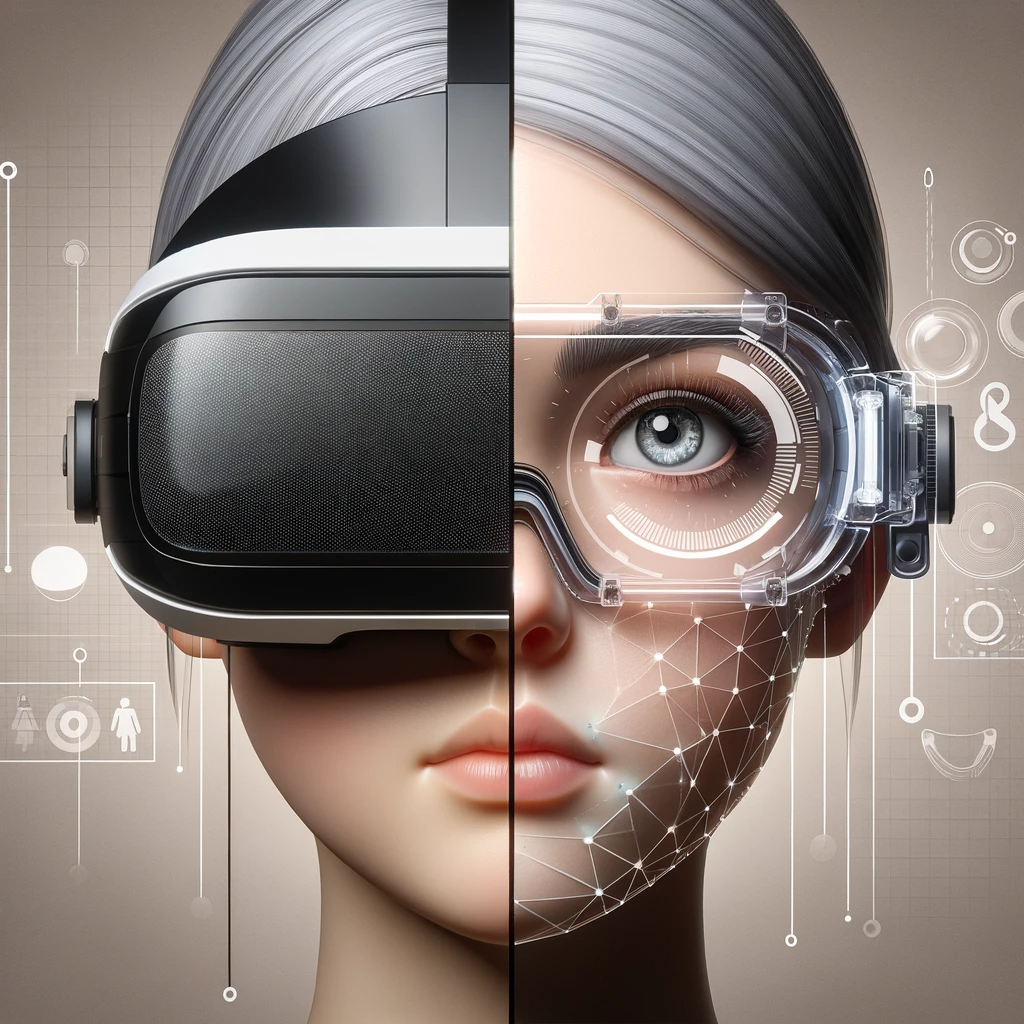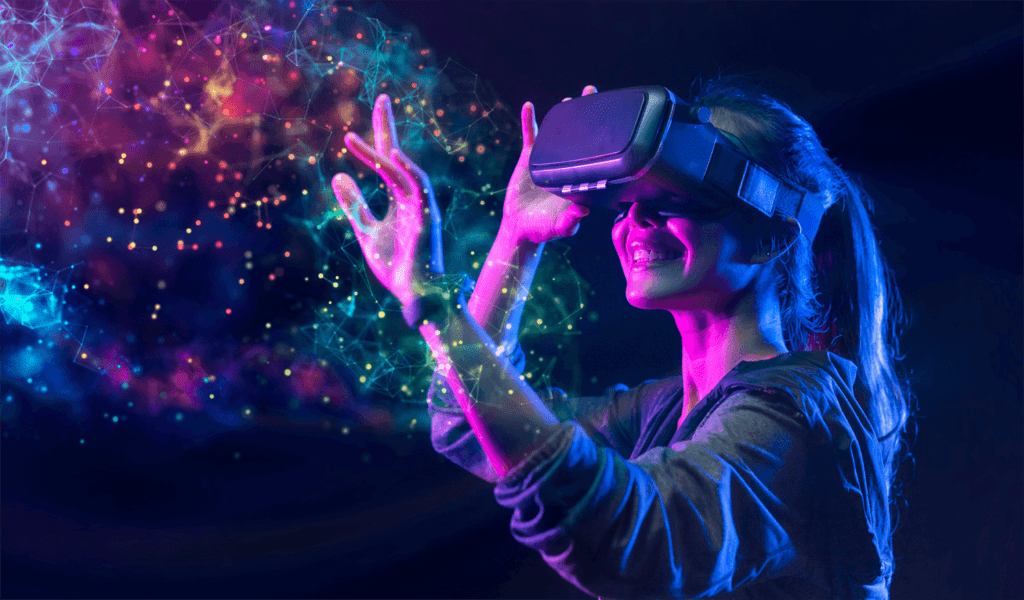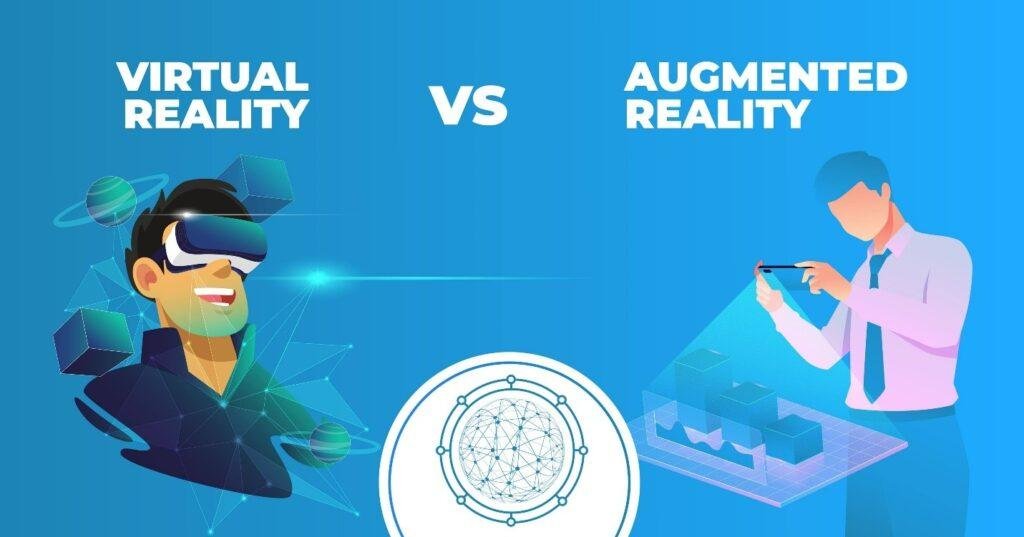Virtual and Augmented Reality
The applications of virtual and augmented reality in gaming, education, healthcare, and other industries, as well as the challenges of developing and implementing these technologies.
Virtual and augmented reality (VR/AR) technologies have revolutionized the way we interact with digital content, allowing us to immerse ourselves in virtual environments and augment our perception of the real world.

These technologies have a wide range of applications in gaming, education, healthcare, and other industries, offering new and innovative ways to engage with content and solve real-world problems.
In the gaming industry, VR/AR has transformed the way we experience games. Allowing us to fully immerse ourselves in the game world and interact with it in new and exciting ways.
VR headsets like the Oculus Rift and the HTC Vive have become increasingly popular. Offering players a truly immersive experience that feels like they are actually inside the game world.
AR games like Pokemon Go have also become popular. Allowing players to experience the game world in their environment, blending virtual content with the real world.
In the education sector, VR/AR has the potential to revolutionize the way we learn. Offering students a more engaging and interactive learning experience.
VR/AR can be used to create immersive educational experiences, allowing students to explore historical sites, conduct science experiments, and learn about different cultures and languages more interactively and engagingly.
AR can also be used to provide students with real-time information and feedback. Making it easier for them to understand and learn new concepts.
In the healthcare industry, VR/AR has the potential to revolutionize patient care. Offering new and innovative ways to diagnose and treat a wide range of medical conditions.
VR offers immersive experiences to reduce patient stress and anxiety, while AR provides doctors with real-time information during medical procedures.
VR can also be used to train medical professionals. Allowing them to practice procedures and surgeries in a safe and controlled environment.
However, developing and implementing VR/AR technologies can be challenging. One main challenge is the cost of technology. VR headsets and devices remain relatively expensive compared to traditional computing devices.
Another challenge is the need for specialized skills and knowledge. Developers need to have expertise in areas such as 3D modeling and game design.
Another challenge is the demand for high-quality content, as VR/AR experiences necessitate top-notch graphics and sound for full immersion. This can be particularly challenging in industries such as education and healthcare, where content needs to be accurate and reliable.
There are also concerns about the potential negative effects of VR/AR on health and safety. VR can cause motion sickness and other side effects, particularly when the experience is not well-designed or is too intense.
AR can be distracting and potentially dangerous, especially when used in situations like driving. Where it may divert the user’s attention from their surroundings.
Despite these challenges, Virtual and Augmented Reality technologies have enormous potential to transform a wide range of industries and solve real-world problems.
As technology continues to improve and become more affordable. We can expect to see more widespread adoption and innovation in this field.
Gaming industry, we anticipate increasingly immersive experiences blurring the line between the virtual and real worlds. In education, expect more interactive and engaging learning experiences fostering innovative ways of learning.
In healthcare, we anticipate advanced medical procedures and treatments leveraging VR/AR technologies to enhance patient outcomes.
Conclusion
Virtual and augmented reality technologies hold vast potential to revolutionize various industries. Offering innovative ways to engage with content and address real-world issues.
Despite challenges in developing and implementing these technologies. We anticipate continued innovation and adoption as technology improves and becomes more affordable. 온라인카지노사이트




